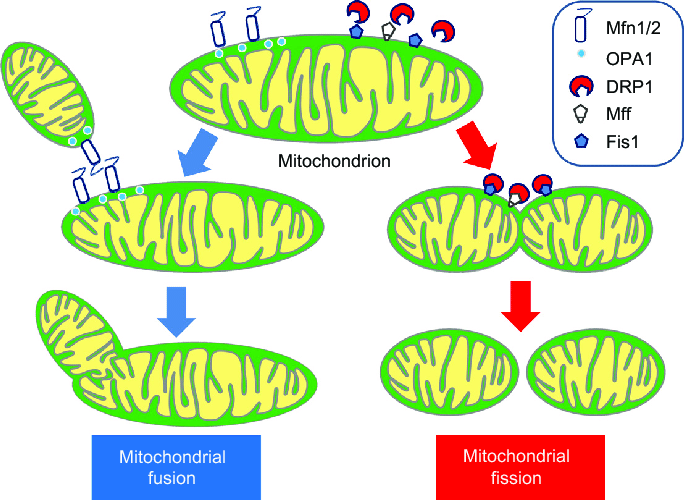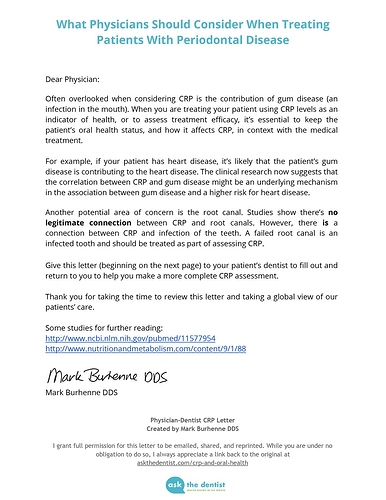I thoroughly enjoyed this interview, which goes into some of Dave’s personal family culture/background, plus lots of philosophical angles as well as new science he cites in his new book Super Human.
Asprey is the founder of the Bulletproof Diet biohacker version of keto (which is heavy on the veg, with meat-based proteins, regular collagen, resetting gut bacteria etc ) - and he himself lost over 100 pounds and resolved many health issues. Interviewer Tom Bilyeu is the cofounder of Quest Nutrition and he suffered from anxiety for many years - he lost over 70 pounds through not very well formulated dietary approaches which began his exploration of nutritional healing and biohacking.
Topics covered:
Facing death, reincarnation/east-west views [[1:14]
Dave explains that the key is not time or money, but energy [[6:41]
The first step to living to 180 is to not die [[8:10]
Aging is death by a thousand cuts so the key is to take less cuts [[11:07]
Aging boils down to the mitochondria [[11:43]
Some tactics to optimize your mitochondria incl sufficiency testing [[14:49]
Dave’s methods of fasting [[17:05]
Activated charcoal during fasting & detox [[21:00]]
Cryotherapy, cold showers and cold exposure [[22:10]
What is cardiolipin? [[24:00]
Dietary and weight loss mistakes [[26:13]
The Vegan Trap - and the utility of sometimes using a vegan diet for detox/cleanse - the efficacy of just 4-6 oz of protein/daily for most folks, but more for weightlifters and ppl 60+ [[29:23]
On not overdoing protein consumption [[31:07]
On the destruction of industrial agriculture vs. permaculture [[33:00]
Warnings about excess protein vs. nose-to-tail eating - Dave does not advocate a carnivore diet but suggests trying it for a brief time [[34:36]
Lion’s Mane mushroom extracts for REM sleep enhancement, Raw honeyMCT/Collagen before bed, Raising the head of your bed 6 inches for many health benefits [[39:00]
Red light LED therapy exposure + ketosis for hormonal rejuvenation [[41:00]]
Better sleep as the single most important change people need to make [[44:56]









 )
)






 . My Mum actually wants to go live in one. She had totally embraced Buddhism and through meditation, has learnt how to separate her ego mind from her soul. She can feel her consciousness within her body. I used to meditate ALL the time and would reach higher vibrations. Must get back onto it. Xxx
. My Mum actually wants to go live in one. She had totally embraced Buddhism and through meditation, has learnt how to separate her ego mind from her soul. She can feel her consciousness within her body. I used to meditate ALL the time and would reach higher vibrations. Must get back onto it. Xxx